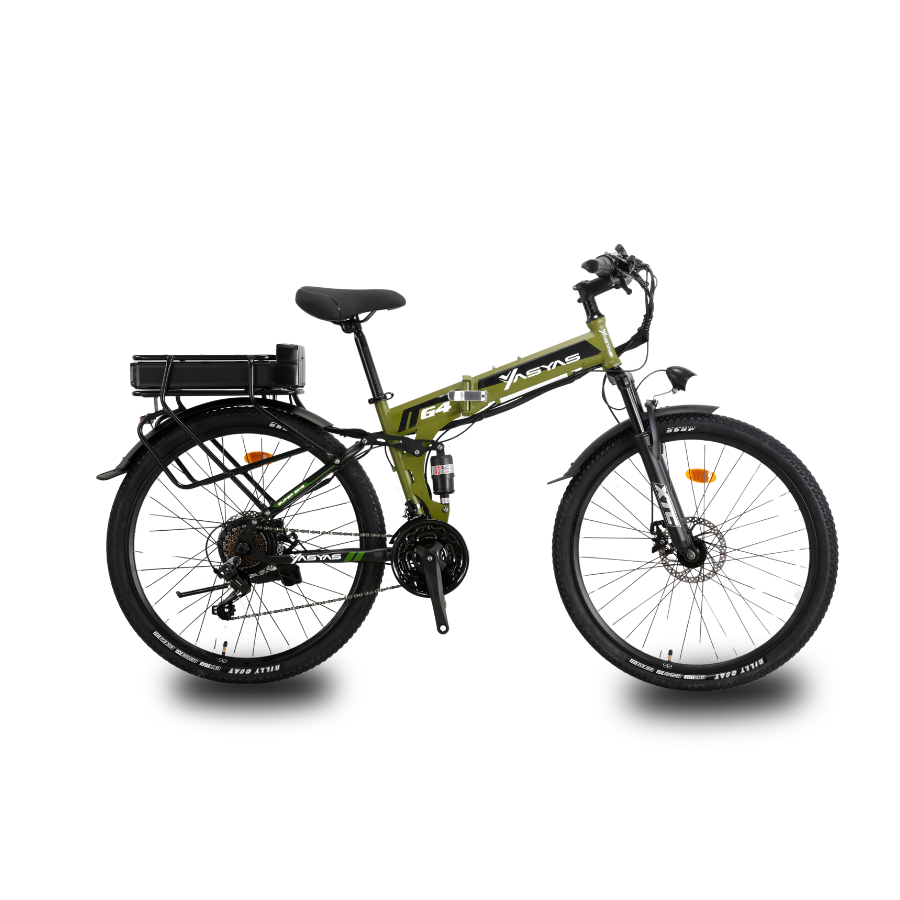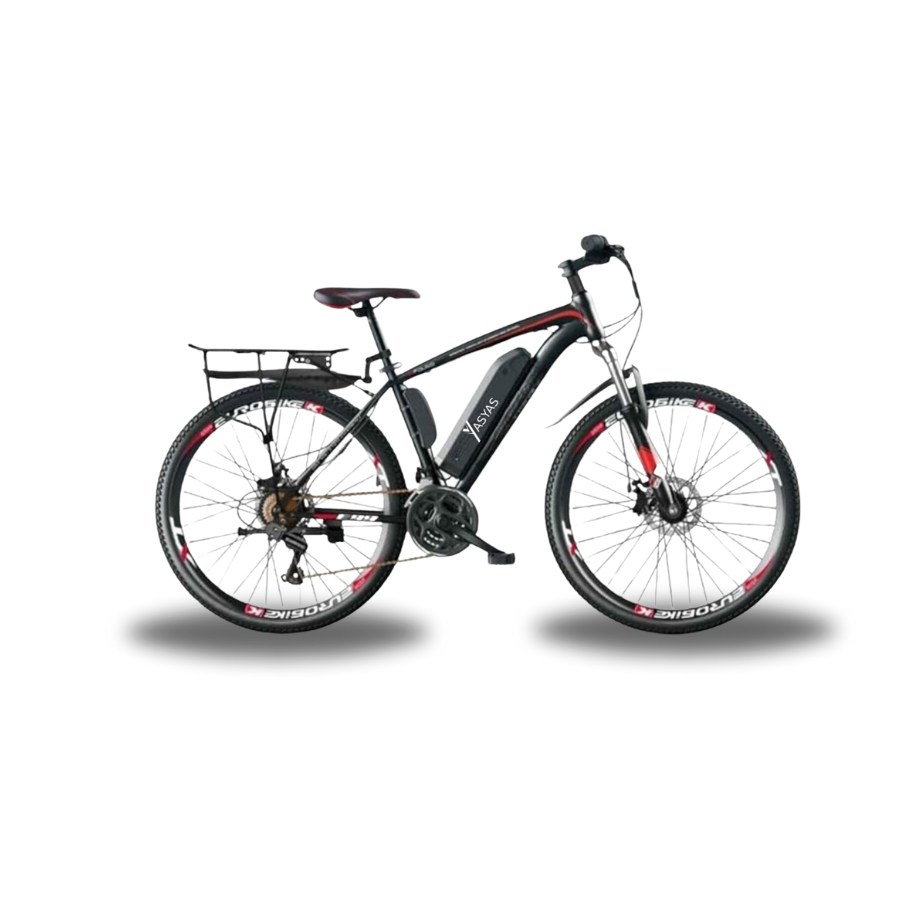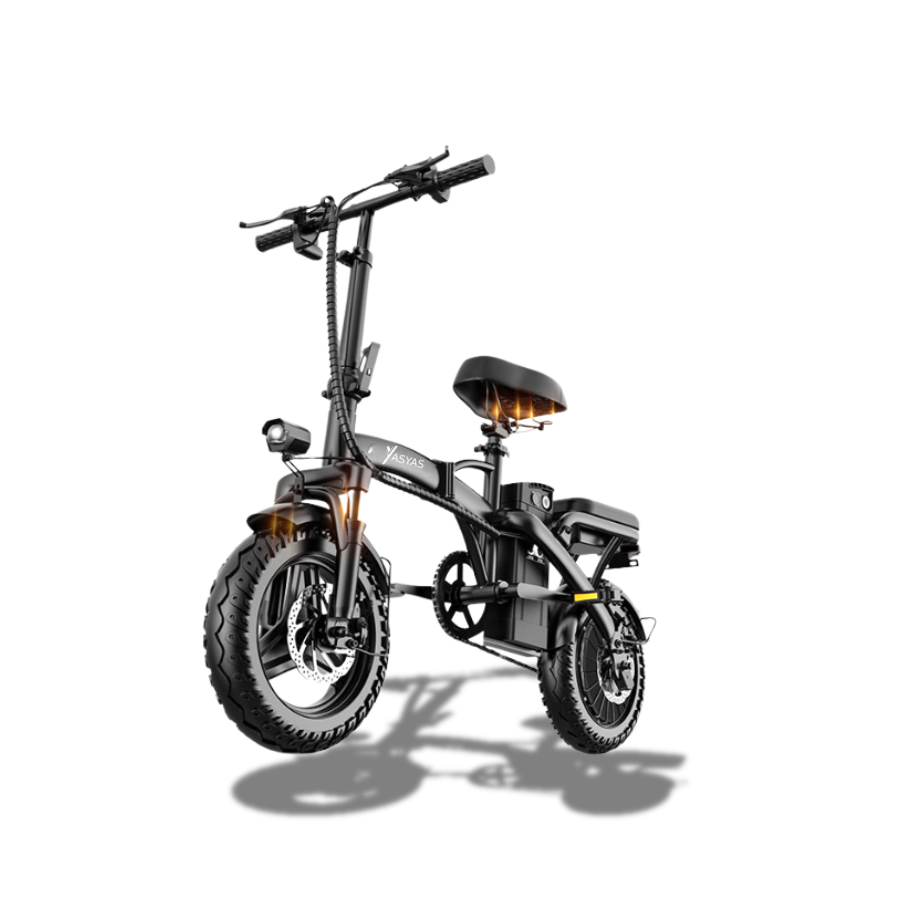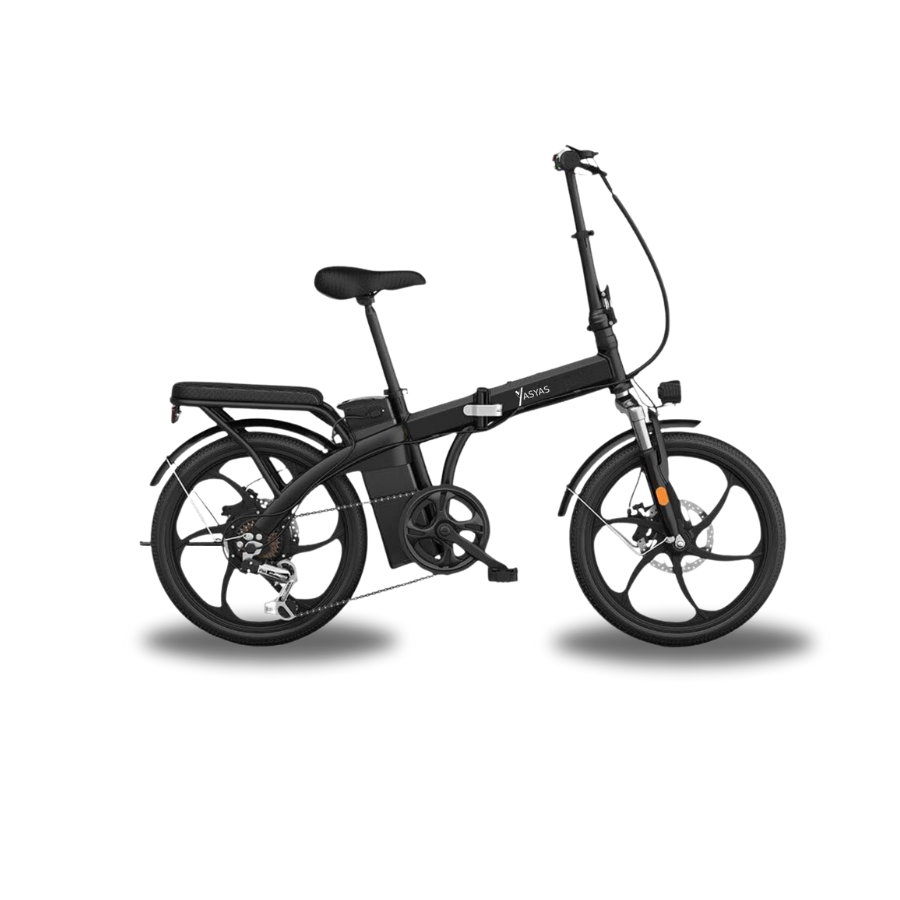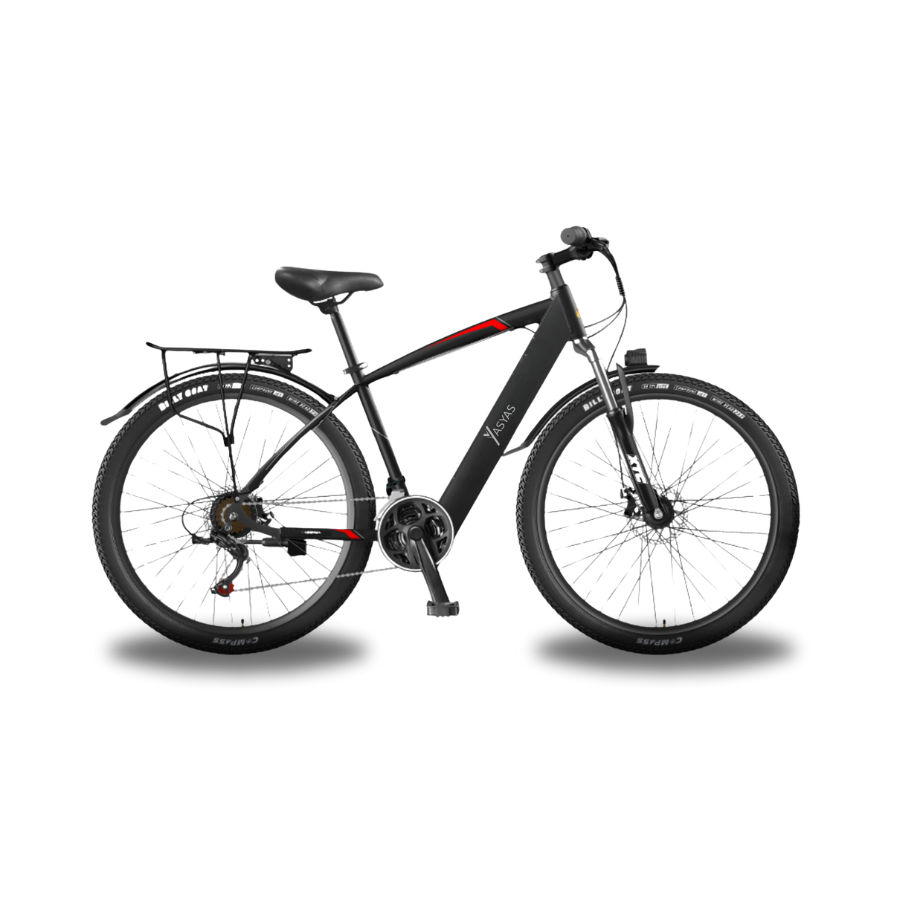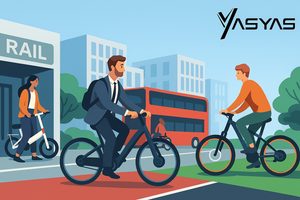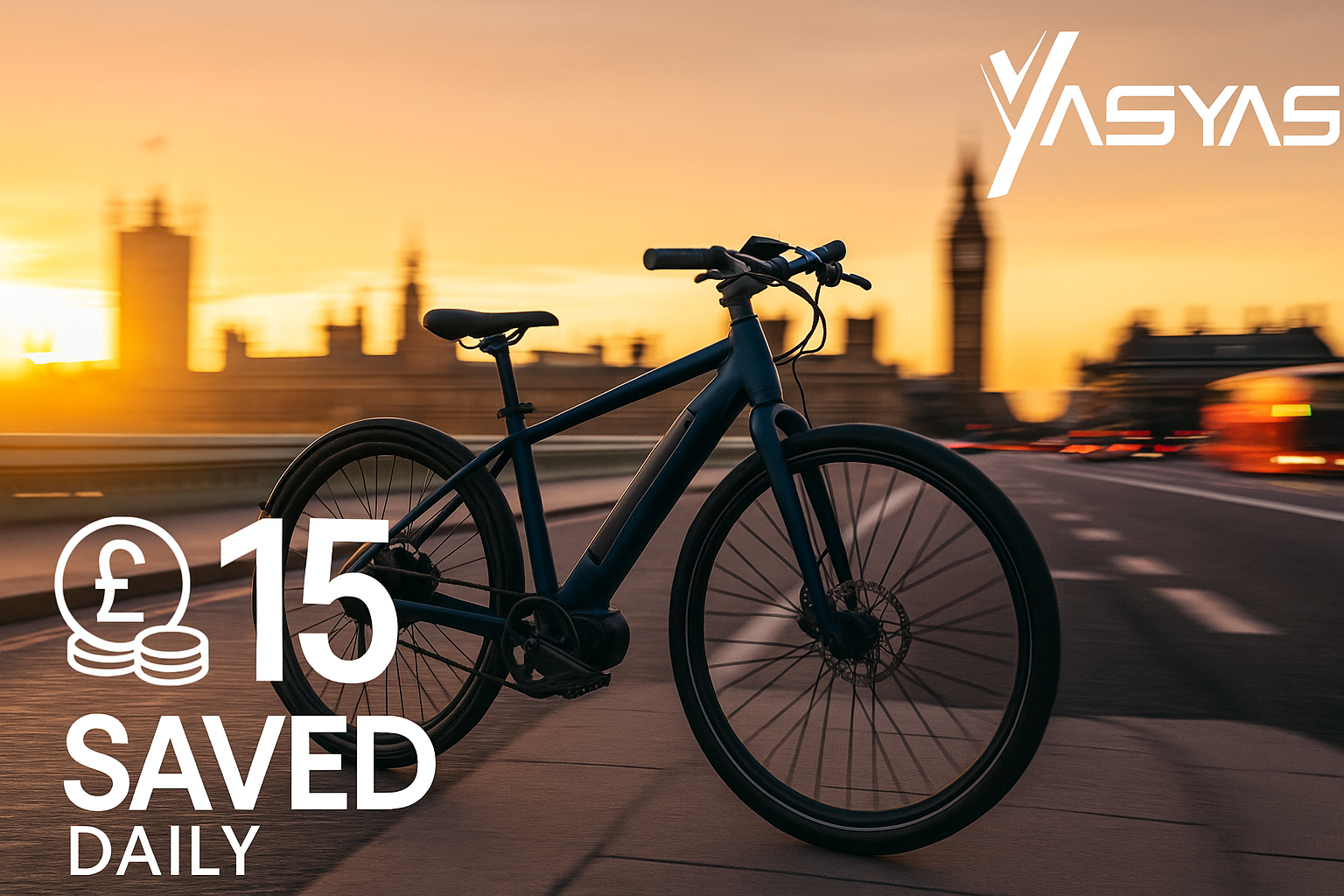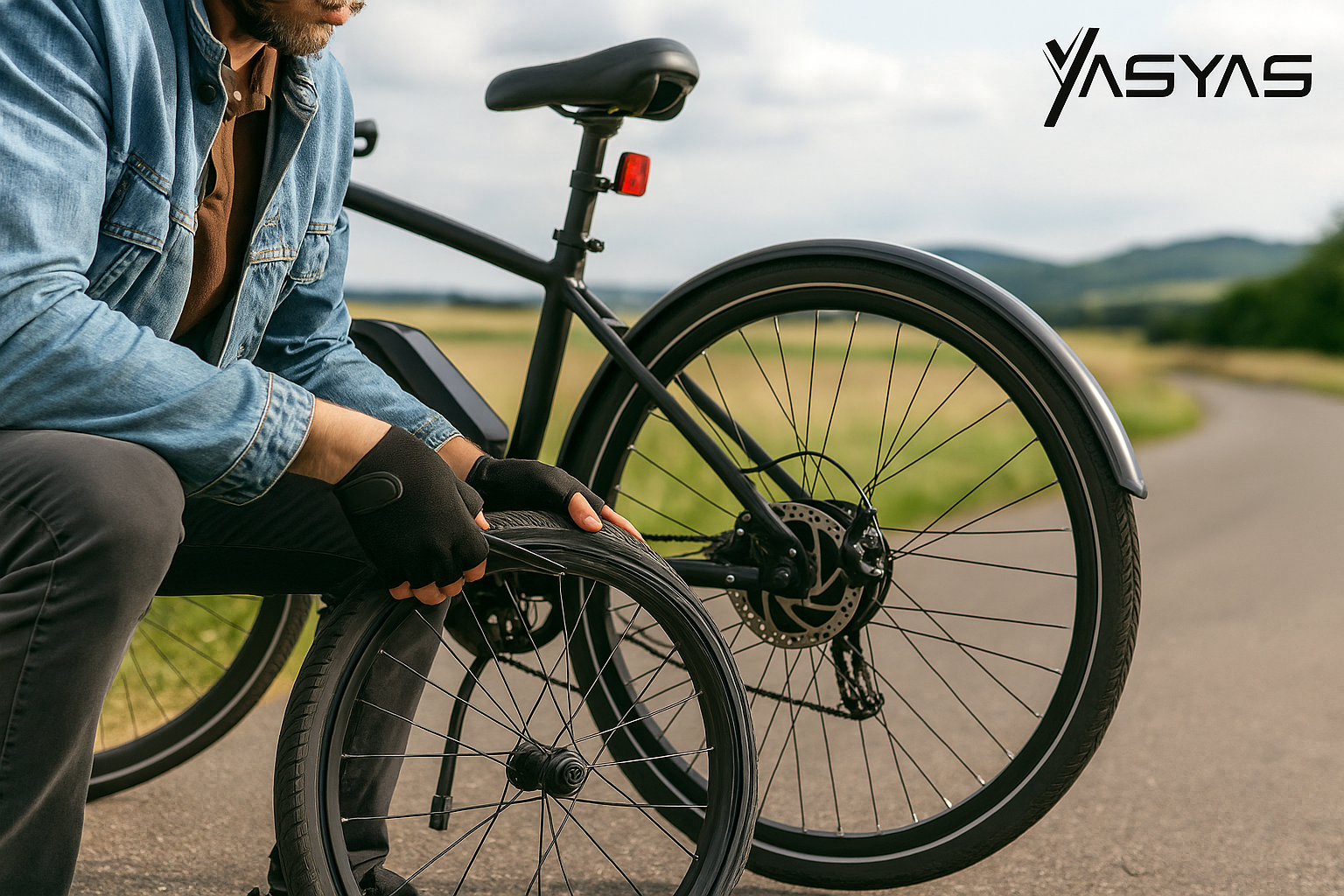The British commute is having a rethink. Petrol isn’t getting cheaper, pavements are busy, peak-time trains groan under the weight of suitcases and rucksacks, and most of us don’t have the luxury of a garage for a full-size bike. In that mix, folding e-bikes have quietly become the clever choice. They pair gentle electric assistance with the practicality of a bike you can fold in seconds and tuck away out of sight. Ask around the office or the station platform and you’ll hear the same thing: once you try a decent folder with a motor, the penny drops.
Below are 15 clear reasons folding e-bikes are winning over UK commuters — from cramped flats and drizzly mornings to saving a small fortune over the year.
1) Space savers for real homes
Most of us don’t live in palaces. A folding e-bike acknowledges that reality. It slips into a hallway cupboard, under the stairs, beside the sofa, even under a desk. If you’ve ever tried to store a conventional bike in a first-floor flat with a narrow staircase and the council bin store out back, you’ll immediately see the appeal.
2) Treated like luggage on public transport
A folded e-bike is, for most operators, just luggage. That means no wrestling with pre-booked bike spaces or apologising to a carriage full of commuters. Hop off, fold, step on. If your routine mixes a short ride with the Tube, the tram, or a train, that small change removes a huge pain point.
3) Less theft anxiety
Leaving a bike chained to a post while you’re at work is a constant niggle. Folding changes the equation: bring it inside the office, a café, or your mate’s place and relax. You’ll still want a decent lock for peace of mind, but the simple fact you can keep the bike in sight for much of your day nips most worries in the bud.
4) Fits in the boot for weekends and park-and-ride
The phrase “it won’t go” turns into “pop it in the boot”. Park a bit further out to dodge city-centre traffic, unfold for the last couple of miles, and you’re sorted. For weekends away, it’s a joy to know you’ve got effortless transport for a coastal spin, a market run, or a mosey round a new town without hunting for parking.
5) The fold itself is quick and faff-free
Good folders are designed for everyday reality. You roll up to the platform as the 08:12 pulls in, flip a couple of catches, and it’s compact before the doors beep. The same goes at the other end: unfold, click, ride. When the mechanism is slick, you barely think about it.
6) Running costs that make sense
Charging a battery costs pennies. Compare that with a weekly travelcard, petrol, parking fees, or the occasional Uber when you’ve missed the last bus. Over a year, the numbers add up in your favour — especially if you replace a portion of your journeys rather than just adding a toy to the shed.
7) Kinder on the environment
No exhaust, no fumes. For short urban trips, a folding e-bike is a simple way to cut your own carbon footprint and help keep the air a bit cleaner. It may be a small contribution in the grand scheme, but thousands of small contributions are how cities change.
8) Cycle to Work makes buying easier
Plenty of employers offer Cycle to Work. If yours does, it can shave a serious chunk off the cost through salary sacrifice, spreading payments in a way that doesn’t sting. If you’ve been sitting on the fence because of budget, that scheme often tips people into finally going for it. Have a word with HR; you might be pleasantly surprised.
9) Hills stop being deal-breakers
Britain isn’t flat. Sheffield’s climbs, Bristol’s ramps, Edinburgh’s little surprises — a motor turns those into “fine, let’s go this way”. You still pedal, you still get the satisfaction of moving under your own steam, but the dreaded last climb before home no longer dictates your route.
10) Arrive without the full Lycra situation
Not every workplace has showers, and not every rider wants to change outfits twice a day. With pedal assist you can ride in normal clothes, keep your effort steady, and turn up presentable. If your commute is only a few miles, it’s perfectly doable without breaking a sweat.
11) Exercise that meets you where you are
Some days you want a proper spin; some days you’re tired, late, or it’s blowing a hoolie. An e-bike lets you dial up or down the assistance. You’re still turning the cranks and keeping the legs and lungs honest, but you’re not punished for living a normal life with meetings, groceries and the odd late bedtime.
12) More inclusive than a standard bike alone
E-assist opens cycling to people who previously thought, “Not for me.” Maybe it’s age, a dodgy knee, a longer distance than you’d like, or simply confidence. The gentle push from the motor flattens barriers. Plenty of people who’d written off cycling rediscover it this way — which is good news for health, mood and the bank balance.
13) Kitted out for British conditions
The better folding e-bikes come ready for actual commuting: integrated lights for early winter evenings, mudguards to spare your trousers, a rack for a pannier or two. It’s not glamorous, but a dry back and secure bag mounts mean you ride more often, because the setup just works on a wet Tuesday.
14) Comfort that belies the small wheels
It’s easy to assume small wheels equal a harsh ride. On decent folders that’s not the case. Tyres with a sensible volume, a touch of suspension on some models, and ergonomic grips or a swept bar add up to a surprisingly plush feel. City streets with the odd pothole or cobble become perfectly manageable.
15) The most adaptable way to join journeys together
This is the big one. A folding e-bike is the connector that makes mixed travel simple: cycle from home, fold for the train, unfold for the last mile, then stash it by your desk. It’s also a tidy errand-runner: school drop-off, nip to the chemist, swing by the shops, all without the parking dance. Day to day, that flexibility is what keeps people riding.
A few real-world scenarios
-
The “just-in-time” commuter: You roll out at 07:55, catch green lights, glide up the gentle hill with assist level two, and fold at the station as the train doors open. Coffee in hand at 08:25, desk by 08:40. No drama.
-
The “leave the car outside the ring road” plan: Park near a park-and-ride, unfold, avoid the queues and bus timetables, and lock the bike (or bring it in) once you’re there.
-
The “rain again” strategy: With mudguards and decent tyres, a light drizzle becomes a non-issue. You’re not arriving soaked, you’re just… arriving.
Buying with confidence (and why Yasyas helps)
Choosing a folding e-bike isn’t only about specs on a web page. It’s how quickly it folds in your hands, how balanced it feels when carried, whether the bars and saddle adjust to your height, and how the power delivery comes in on a hill start at traffic lights. Battery capacity, motor output, and total weight matter, yes — but fit and feel matter just as much.
That’s where Yasyas.com earns its keep. The range is curated for UK commuting, which means you’ll see practical builds with the right bits already fitted: sturdy mudguards, proper lights, sensible gearing, and batteries chosen for real distances rather than headline figures. If you need something truly compact for a tiny flat or car boot, there are slim-fold options. If your ride is longer or hillier, you can pick models with larger batteries and a bit more punch. And if you’re planning to use Cycle to Work, they can talk you through what that looks like in practice with your employer.
A couple of tips before you press “buy”:
-
Lift it. Even a kilogram or two makes a difference when carrying up stairs.
-
Check the fold footprint. Measure your usual storage spot — cupboard, under-desk, boot — and compare.
-
Think about tyres. Urban puncture protection and a sensible width save headaches.
-
Test the assist levels. You want smooth, predictable support that feels natural pulling away from junctions.
-
Plan your charging. Most people charge at home; some charge at the office. Either way, a removable battery is handy.
Get those details right and you’ll actually use the thing, which is the whole point.
The bottom line
Folding e-bikes are thriving in Britain because they answer problems we genuinely have: tight living spaces, mixed-mode journeys, unpredictable weather, busy roads, and budgets under pressure. They store neatly, travel politely, cost little to run, and make cycling feel welcoming rather than punishing. If your commute involves any combination of train, Tube, bus, or the school run, they slot into the gaps beautifully.
Pick a sensible, commuter-ready model from a specialist like Yasyas, and the routine that used to feel like a daily obstacle becomes something you don’t mind at all — maybe even enjoy. That’s why, for a growing number of people, the UK’s new urban commuter champion folds in half and hums quietly up the hill.

